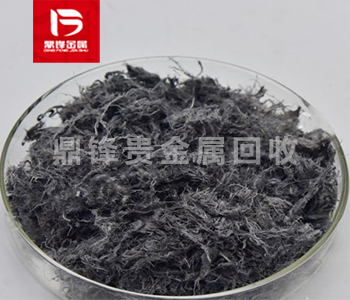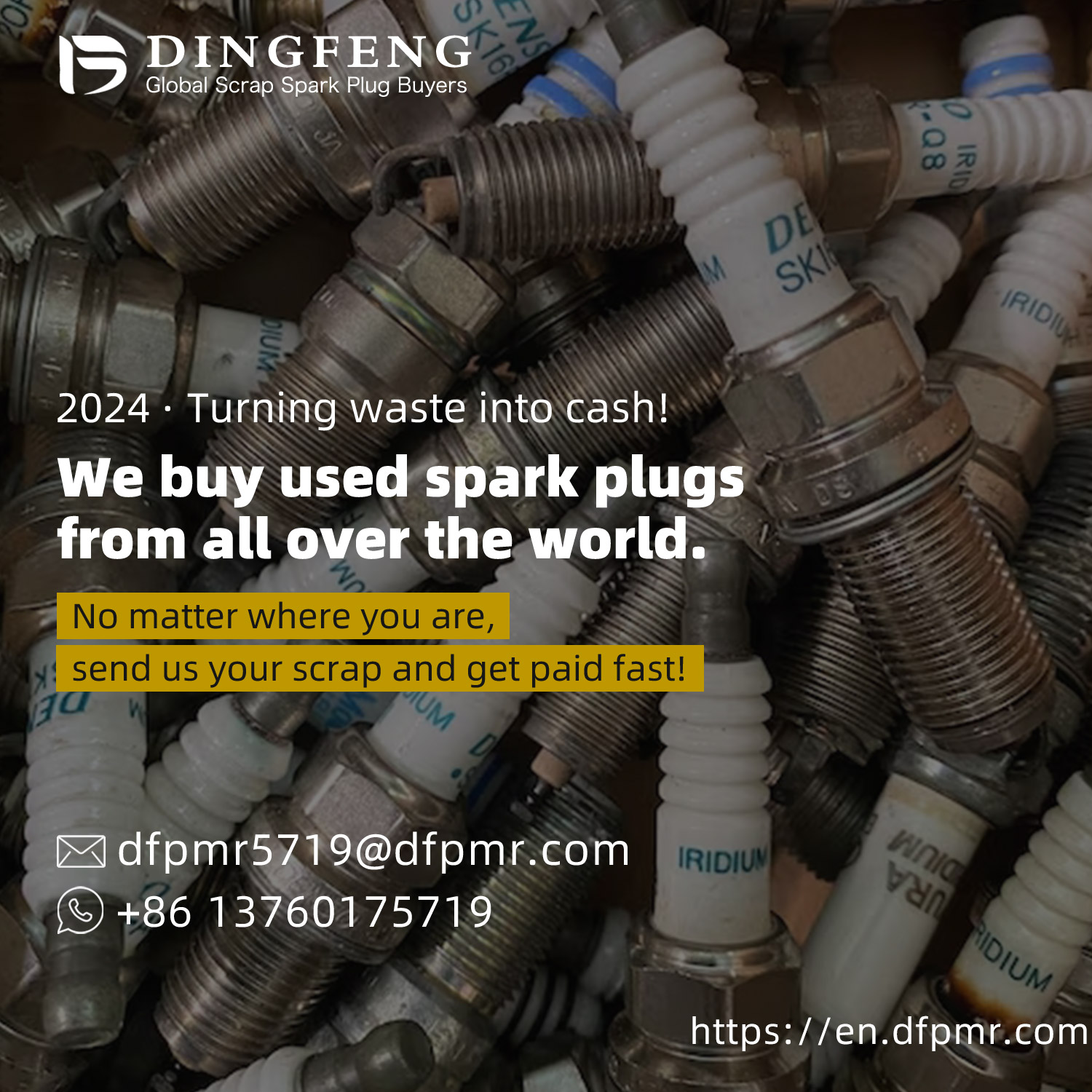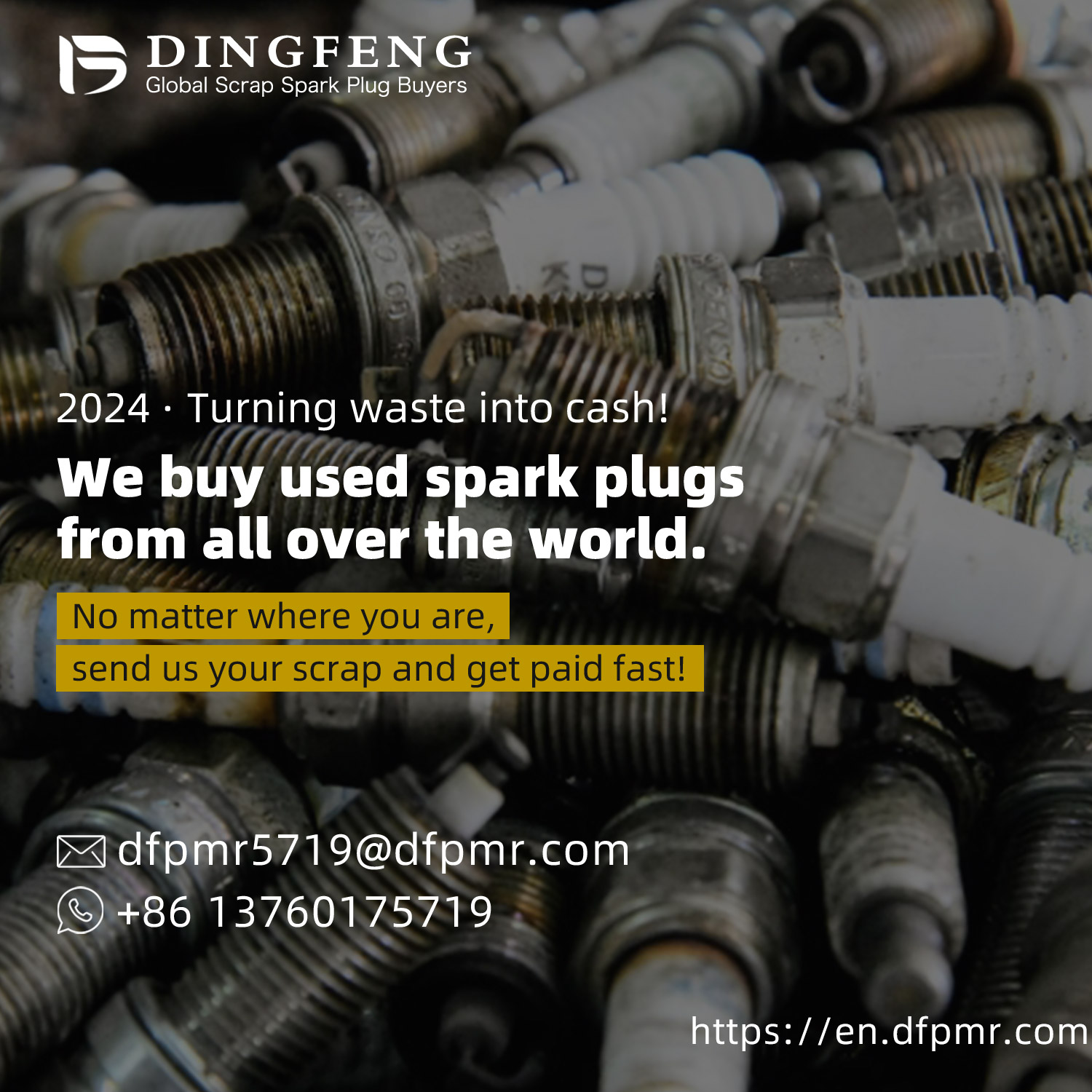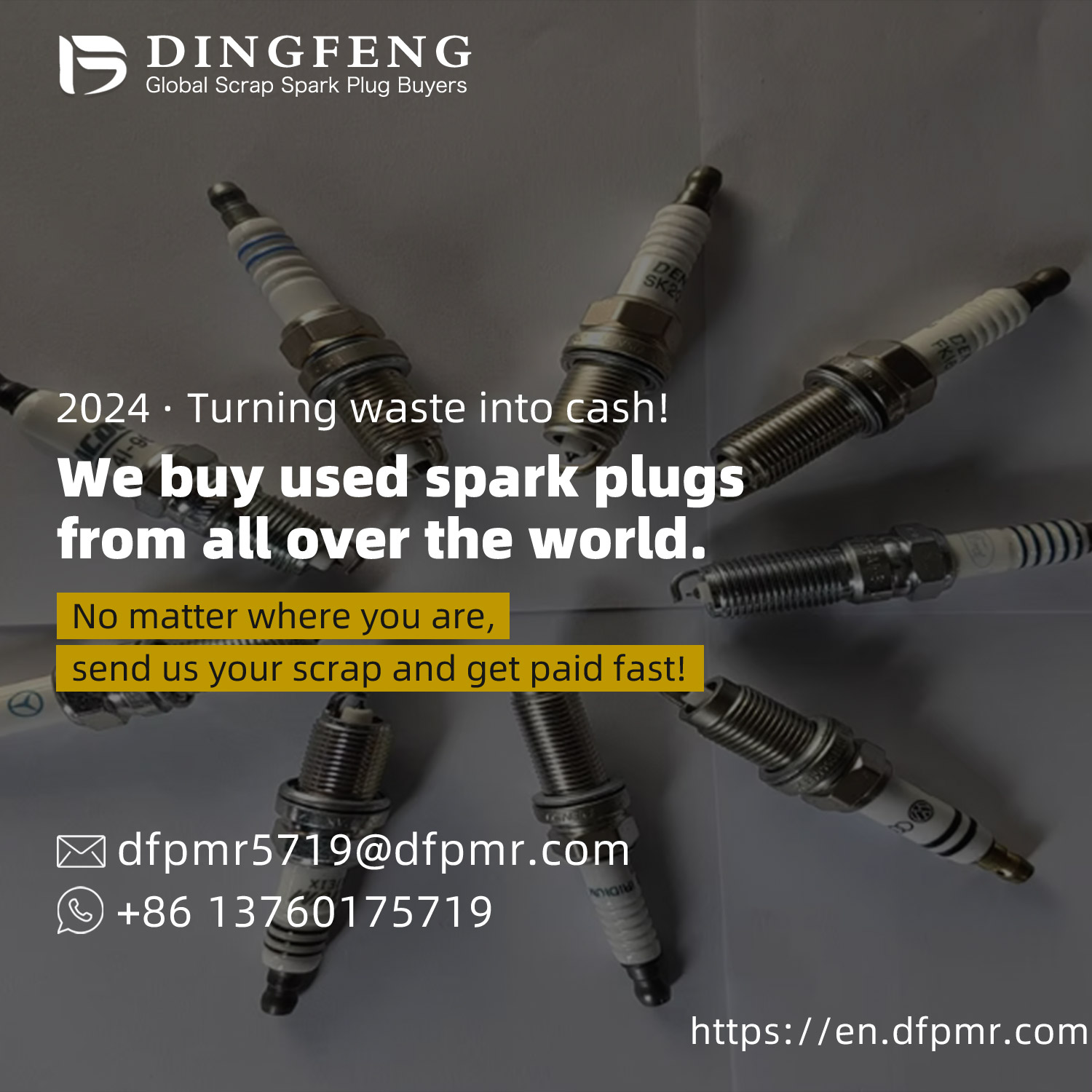Silver slurry recovery: specific steps for recovering and refining silver from waste industrial silver slurry
The recovery and extraction of silver from industrial silver slurry is a common process of metal recovery and reuse. It involves extracting silver from discarded industrial silver slurry for reuse in
The recovery and extraction of silver from industrial silver slurry is a common process of metal recovery and reuse. It involves extracting silver from discarded industrial silver slurry for reuse in manufacturing and production processes. This article will provide a detailed introduction to the specific steps involved in recovering and refining silver from industrial silver slurry.
1、 What is industrial silver slurry?
Industrial silver slurry is a liquid or semi solid mixture containing silver elements, commonly used in industrial production and manufacturing processes. It is obtained from the treatment and extraction of silver containing substances (such as waste, waste or other silver containing Industrial waste). The composition and properties of industrial silver slurry may vary depending on the source and production process, but typically contain soluble silver compounds, particulate silver, or other forms of silver particles.
2、 Specific steps for recovering and refining silver from industrial silver slurry
Step 1: Collect industrial silver slurry
Industrial silver paste usually comes from silver containing wastes and wastes, such as electronic wastes, waste circuit boards, waste liquid catalysts and other silver containing Industrial waste. Firstly, it is necessary to collect and classify these waste materials. Then, the industrial silver slurry is stored and transported, ready for subsequent processing and refining work.
Step 2: Pretreatment of industrial silver slurry
Before refining, industrial silver slurry usually requires pre-treatment steps. This step aims to remove impurities and other metal components in order to better extract silver. The pre-treatment methods include filtration, sedimentation, centrifugation, and soaking. Through these methods, solid impurities in the silver slurry can be separated and a relatively pure silver slurry can be obtained.

Step 3: Chemical extraction
Chemical extraction is one of the core steps in the recovery and extraction of silver from industrial silver slurry. This process involves the use of chemical methods to separate silver ions from the silver slurry. The most commonly used method is to use oxidants, such as oxygen or hydrogen peroxide, to oxidize silver ions into silver ion complexes. Then, use a reducing agent, such as Sodium sulfite or sodium dihydrogen sulfate, to reduce the complex into pure metallic silver. In the chemical extraction process, strict control of parameters such as temperature, pH value, and reaction time is required to ensure the stability and high purity of the extraction effect.
Step 4: Electrolytic refining
After chemical extraction, the silver obtained usually still contains certain impurities. In order to further improve the purity of silver, electrolytic refining is necessary. In the process of electrolytic refining, the extracted silver is used as the anode, pure silver as the cathode, and placed in the electrolytic cell. Then, the silver on the anode is gradually dissolved and deposited on the cathode through an electric current, while impurities are expelled into the electrolyte. Through this process, the purity of silver can be further improved.
Step 5: Melting and Casting
After electrolytic refining, the high-purity silver obtained needs to be melted and cast in order to convert it into its actual usable form. Firstly, heat high-purity silver to its melting point to make it liquid. Then, the molten silver is poured into a pre prepared mold, cooled and solidified into the desired shape, such as plates, bars, or blocks. This process can be repeated multiple times as needed to obtain the required size and shape of the silver product.
Step 6: Refining and grading
In the production process of silver, further refining and grading may be required to ensure that the product meets specific requirements and standards. This includes the use of chemical, physical, and mechanical methods to purify and separate silver. For example, residual impurities and residues can be removed through methods such as sublimation, dissolution, precipitation, and centrifugation. In addition, resource utilization and product quality can be further improved through recycling during the melting and casting processes.
The recovery and extraction of silver from industrial silver slurry is a complex and delicate process that involves multiple steps and methods. From collecting and preprocessing industrial silver slurry to chemical refining, electrolytic refining, smelting and casting, and refining grading, each step requires careful control and operation. Through these steps, the discarded industrial silver slurry can be effectively recovered and high-purity silver can be extracted, providing valuable resources for reuse and regeneration. This not only contributes to environmental protection and sustainable development, but also provides reliable sources of raw materials for industry and manufacturing.
&Quot; Dingfeng Precious Metals Recycling includes precious metals such as gold, silver, palladium, rhodium, platinum, germanium, iridium, ruthenium, etc. This is our business in precious metal recycling. If you have precious metals such as gold, silver, palladium, rhodium, platinum, germanium, iridium, ruthenium that need to be recycled, please contact us and we will provide you with a satisfactory price& Quot;













